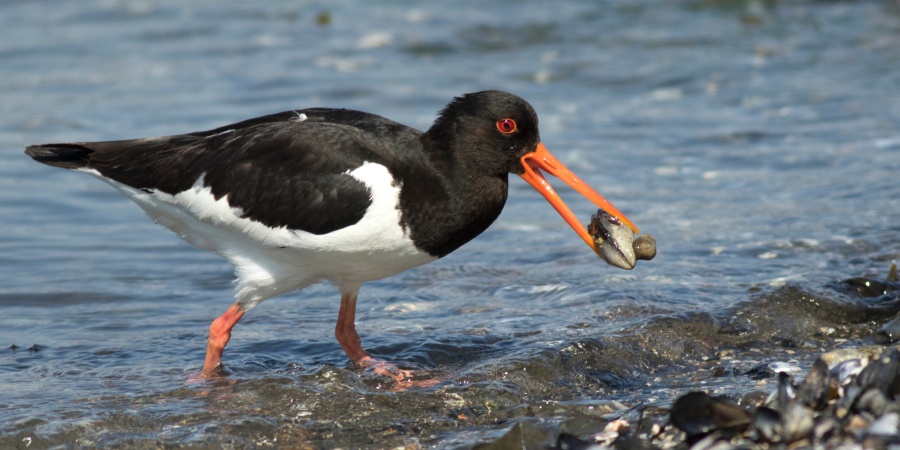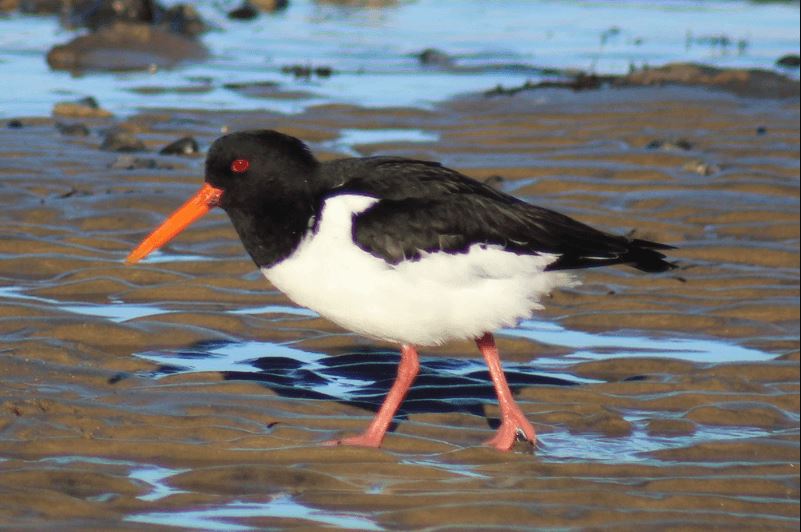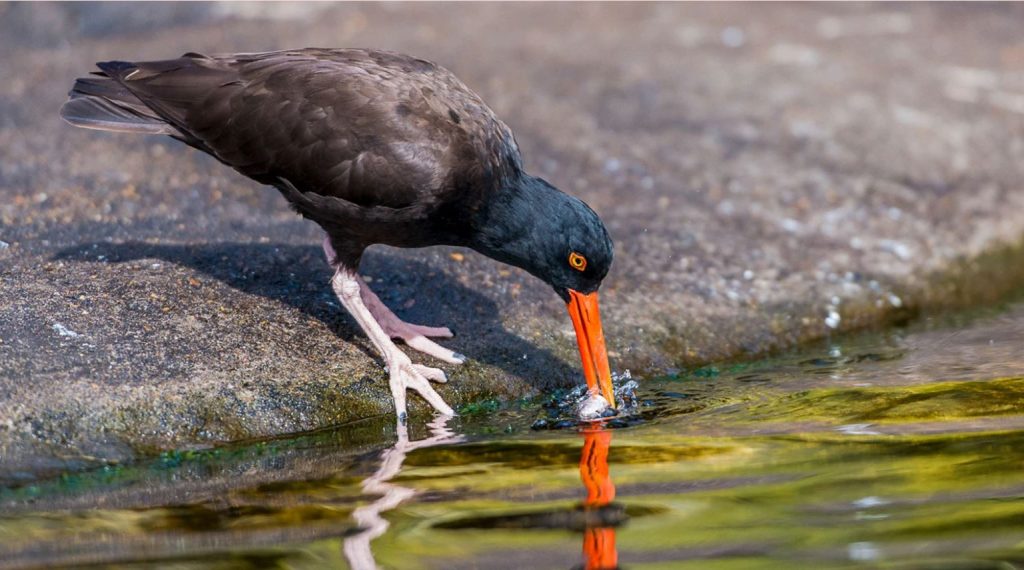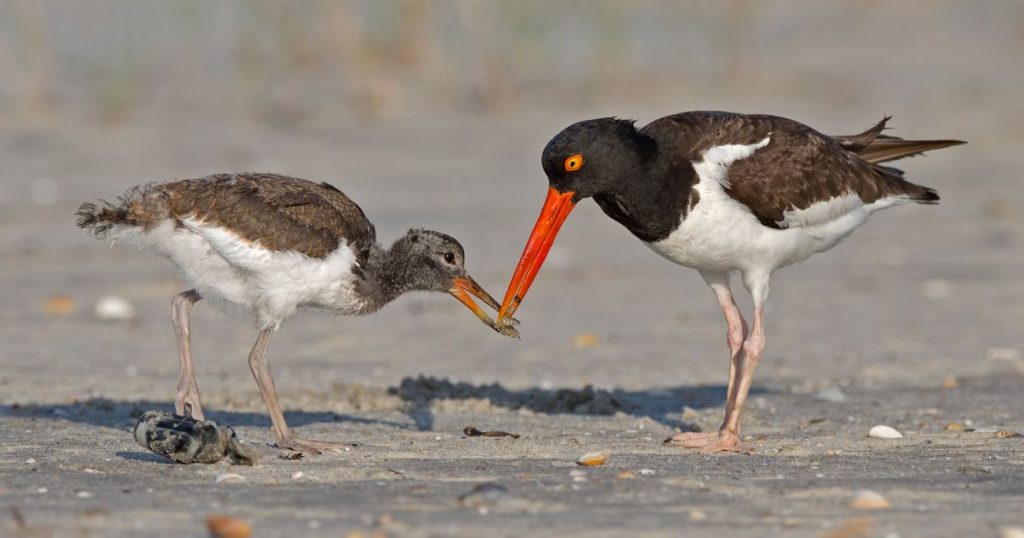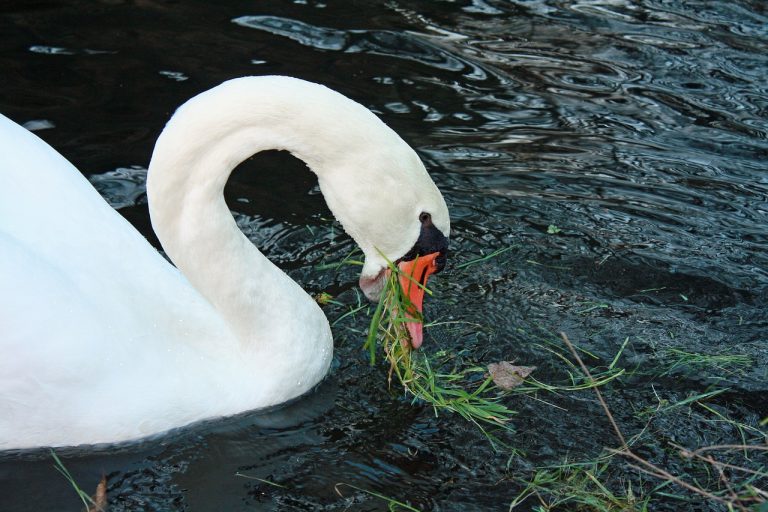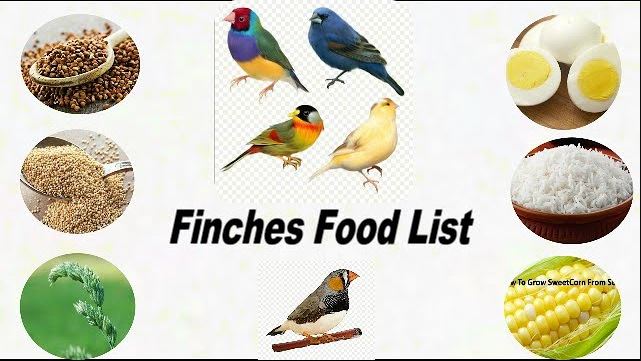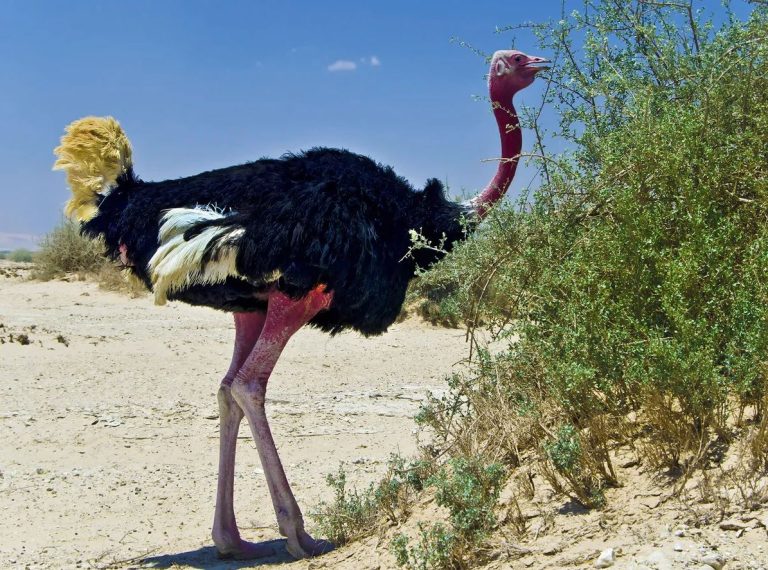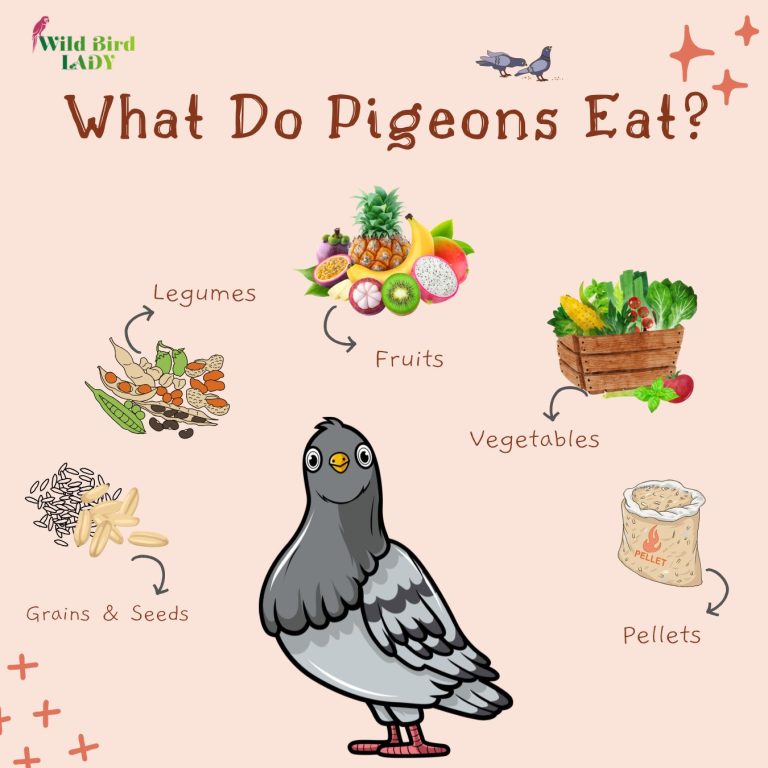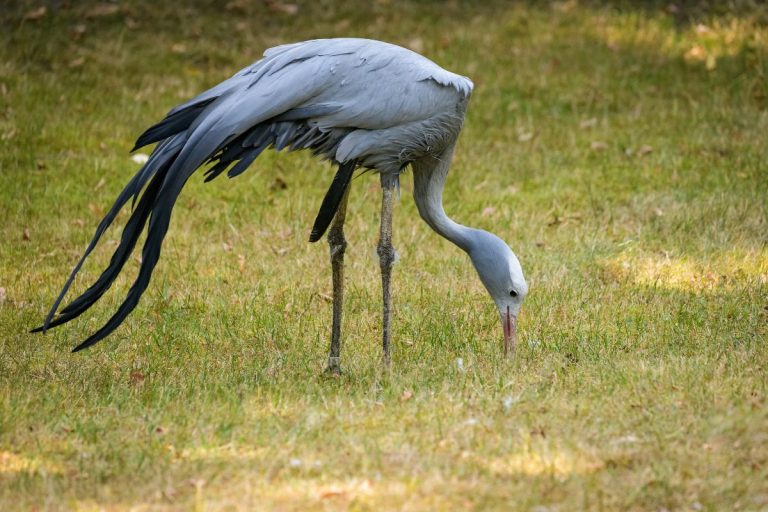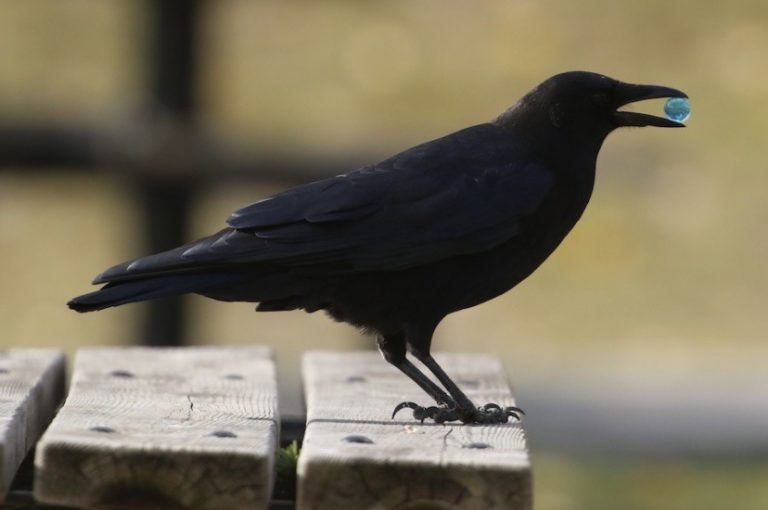What Do Oystercatchers Eat? A Deep Dive into Their Unique Diet
By Rifat Ahmed – Birdwatching Expert with 13 Years of Experience
Over the past 13 years of birdwatching, I’ve been mesmerized by many fascinating species, but few birds are as captivating in both behavior and diet as the oystercatcher. With their striking black-and-white plumage (or all-black in some species), long, red-orange bills, and loud piping calls, oystercatchers are unmistakable along coastlines around the world.
But one question I hear a lot from new birders is: What do oystercatchers eat?
At first glance, the name “oystercatcher” might make you think they survive solely on oysters—but that’s only part of the story. In reality, oystercatchers have a varied and adaptable diet depending on their habitat, species, and available food sources. Let’s take a deep dive into the oystercatcher diet in both the wild and in captivity, including how they forage, what techniques they use to crack open hard shells, and how their diet affects their survival.
What Are Oystercatchers?
Before we get into their diet, let’s briefly look at who oystercatchers are. There are about 11 species in the genus Haematopus, and they are commonly found along coasts, estuaries, and even inland wetlands in some regions.
According to All About Birds by the Cornell Lab of Ornithology, the most commonly observed oystercatcher in North America is the American Oystercatcher (Haematopus palliatus). Others include the Eurasian Oystercatcher (Haematopus ostralegus), the Pied Oystercatcher in Australia, and the Black Oystercatcher (Haematopus bachmani) along the Pacific coast.
Now that we’ve got that covered, let’s talk food.
So, What Do Oystercatchers Eat?
Despite the name, oystercatchers don’t exclusively eat oysters. Their diet includes a wide range of marine invertebrates, especially bivalves like mussels and clams, but also crustaceans, worms, and sometimes insects and small fish.
Here’s a breakdown of their diet by category:
1. Bivalves and Mollusks
- Mussels
- Clams
- Cockles
- Oysters (occasionally)
- Limpets
- Whelks
- Periwinkles
These shellfish make up the bulk of an oystercatcher’s diet. With their long, chisel-like bills, oystercatchers are expert shellfish foragers. Depending on the species and bill shape (some have more blunt bills, others more pointed), they use different methods to open their prey:
- Stabbing between the shells to sever the adductor muscles
- Hammering or prying the shell open
- Swallowing small mollusks whole
In areas where mussels are plentiful, I’ve seen entire flocks of oystercatchers zero in on mussel beds at low tide, working tirelessly to extract their meals.
2. Crustaceans
- Crabs (especially small shore crabs)
- Shrimp
- Amphipods
American Oystercatchers are known to snatch up small crabs on mudflats, skillfully pulling off the claws and eating the soft body.
3. Marine Worms
- Polychaete worms are a common target, especially on muddy flats and estuaries.
In some of my coastal excursions in South Carolina and Florida, I’ve observed oystercatchers using their bills to probe soft mud and sand for these hidden delicacies.
4. Other Foods
- Insects (especially for chicks in upland areas)
- Small fish (rarely)
- Bird eggs (very rarely, opportunistic)
While fish isn’t a staple food, some oystercatchers have been seen scavenging small fish in intertidal zones when available.
Foraging Techniques: How Oystercatchers Catch Their Food
One of the most fascinating things about oystercatchers is their adaptability in foraging techniques. According to the Cornell Lab of Ornithology, oystercatchers use a combination of visual hunting and tactile probing, depending on the substrate.
Here are some of the methods I’ve documented:
1. Stabbing
This is the most iconic method. The bird jabs its bill between the slightly open shells of a bivalve (like a mussel), severing the adductor muscles. Once the muscle is cut, the shell falls open, and the bird can eat the soft flesh inside.
2. Hammering
If a shell is too tightly closed, some oystercatchers will bash the shell repeatedly until it cracks open. This is especially true for larger or tougher species like the Black Oystercatcher.
3. Probing
In muddy or sandy environments, oystercatchers will probe the substrate with their long bills, feeling for buried prey like worms or clams.
4. Foot-trembling
Some species use a clever trick: they rapidly tap their feet on the ground (called “foot-trembling”) to disturb prey, making worms or small invertebrates rise to the surface.
These strategies show how bill shape and foraging skill are vital for survival—and even passed from parent to chick.
Do Oystercatchers Eat Oysters?
Yes, but not as often as their name suggests. Oysters are harder to open than mussels or clams, especially when tightly shut. Only experienced oystercatchers with strong bills and refined technique regularly eat oysters.
That said, in areas where oysters are abundant—like oyster reefs along the Gulf Coast or East Coast of the U.S.—you may see American Oystercatchers targeting them more frequently. In such environments, they learn to time their feeding when oysters are slightly open (like at low tide), making it easier to sever the muscle inside.
What Do Baby Oystercatchers Eat?
Baby oystercatchers, also called chicks, rely entirely on their parents for food in the first few weeks of life. The adults catch prey and deliver it directly to the chicks’ bills.
Typical chick diet includes:
- Soft worms
- Small insects
- Tiny mollusks or bits of pre-opened shellfish
Parents often remove the shells or break food into smaller pieces before feeding it to their young. Over time, chicks learn by watching the adults forage and practice on soft-bodied prey.
Seasonal and Habitat-Based Dietary Differences
From my field observations and research, I’ve noticed that oystercatcher diets can shift based on:
1. Season
- Breeding season: Adults need high-protein food for themselves and their chicks, so they often go after worms, small mollusks, and insects.
- Winter: In coastal areas, they switch to heavier shellfish, especially mussels and limpets.
2. Location
- Rocky Shores: Black Oystercatchers eat limpets, mussels, and barnacles.
- Mudflats & Estuaries: American and Eurasian Oystercatchers go after worms, cockles, and small crabs.
- Oyster reefs: As expected, more oysters are consumed.
The local abundance of prey determines their primary diet. They are smart, opportunistic feeders—constantly adapting.
What Do Oystercatchers Eat in Captivity?
In captivity—such as in rehabilitation centers or bird sanctuaries—oystercatchers are usually fed a simulated natural diet that mimics their wild feeding habits.
Common captive foods:
- Defrosted mussels and clams
- Mealworms and earthworms
- Cut-up shrimp or crab
- Insect larvae
The key is to provide soft, nutrient-rich, easy-to-digest food, especially if the bird is injured or recovering.
Predators and Threats Related to Their Diet
You might be surprised, but foraging habits can make oystercatchers vulnerable to predation and human threats.
1. Predators
- Gulls, foxes, and raptors sometimes steal oystercatcher prey—or attack chicks near feeding grounds.
- Raccoons and feral cats are major threats to nest sites, especially when adults are away foraging.
2. Human Activity
- Shellfish harvesting reduces prey availability.
- Pollution affects intertidal zones where they feed.
- Disturbance from beachgoers can disrupt feeding, especially during nesting season.
As birders and conservationists, we can help by respecting nesting zones and supporting local marine conservation efforts.
My Field Observations: The Most Impressive Foragers
Over my years in the field, I’ve watched oystercatchers in a range of ecosystems—from the rocky shores of the Pacific Northwest to the warm estuaries of the Gulf Coast. I’ve seen them use incredible finesse to pluck cockles from sand, and even witnessed one prying open a mussel with what looked like surgical precision.
One observation I’ll never forget: A Black Oystercatcher in Oregon that took nearly 10 minutes to open a limpet—it hammered, pried, rotated, and finally dislodged it with sheer persistence. That bird earned its dinner!
Final Thoughts: A Diet Built for Survival
So, what do oystercatchers eat?
The short answer: Marine invertebrates—especially mussels, clams, worms, and crabs. The long answer: They eat whatever they can skillfully extract from their environment, showing incredible adaptability.
Their diet not only sustains them—it defines how they move, breed, and interact with the world. Whether on a windswept beach or a sheltered estuary, oystercatchers are masters of the intertidal buffet.
If you ever get the chance to observe these elegant foragers in the wild, take it. Their feeding behavior is not just functional—it’s a window into the survival strategies of one of nature’s most specialized shorebirds.
FAQ
❓What is the main food of oystercatchers?
Oystercatchers mainly eat marine invertebrates such as mussels, clams, limpets, worms, and small crabs. They are especially skilled at opening bivalve shells to reach the soft flesh inside.
❓Do oystercatchers actually eat oysters?
Yes, but not as frequently as their name suggests. Oysters are harder to open, so oystercatchers usually prefer mussels and clams, which are easier to access.
❓How do oystercatchers catch and eat their food?
Oystercatchers use their strong, chisel-shaped bills to stab, hammer, or pry open shells. They also probe mudflats with their bills to find hidden prey like worms.
❓What do baby oystercatchers eat?
Baby oystercatchers eat soft foods like worms, small insects, and tiny mollusks. Their parents deliver the food directly to them until they learn to forage.
❓Do oystercatchers eat fish?
Very rarely. While oystercatchers may occasionally eat small fish or scavenge leftovers, fish are not a regular part of their diet.
❓Where do oystercatchers find their food?
They feed in coastal areas, mudflats, estuaries, rocky shores, and oyster reefs, depending on the species and region.
❓Do oystercatchers eat the shell or just the meat?
They eat only the soft meat inside the shell. They use their bills to remove or break open the shell before feeding.
If you find this article interesting, read more here.

